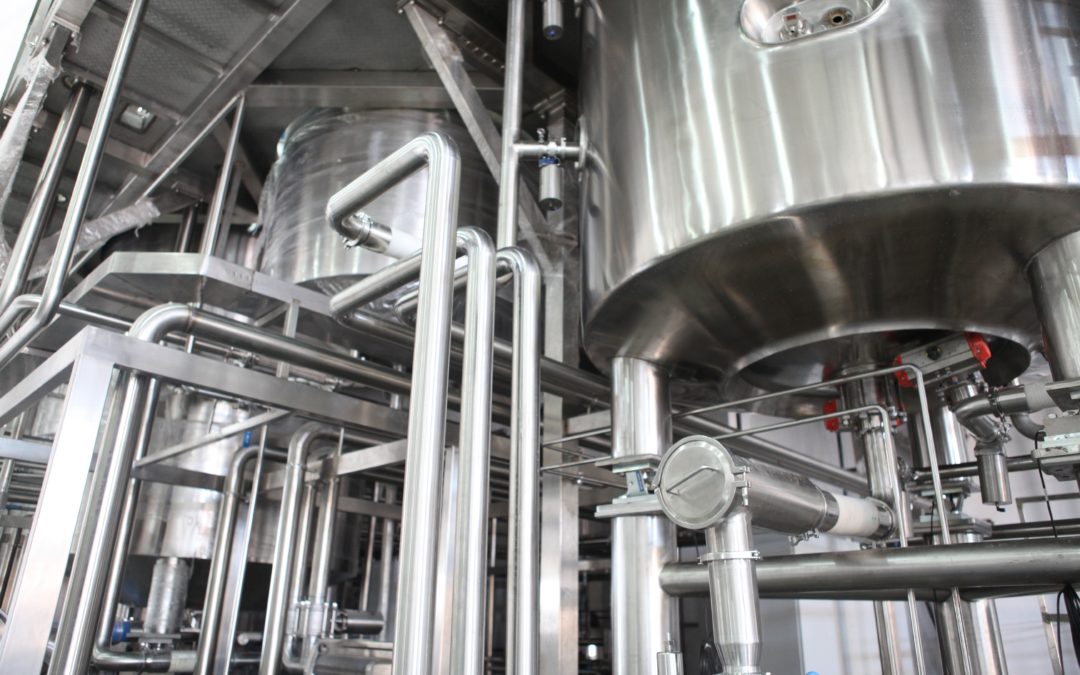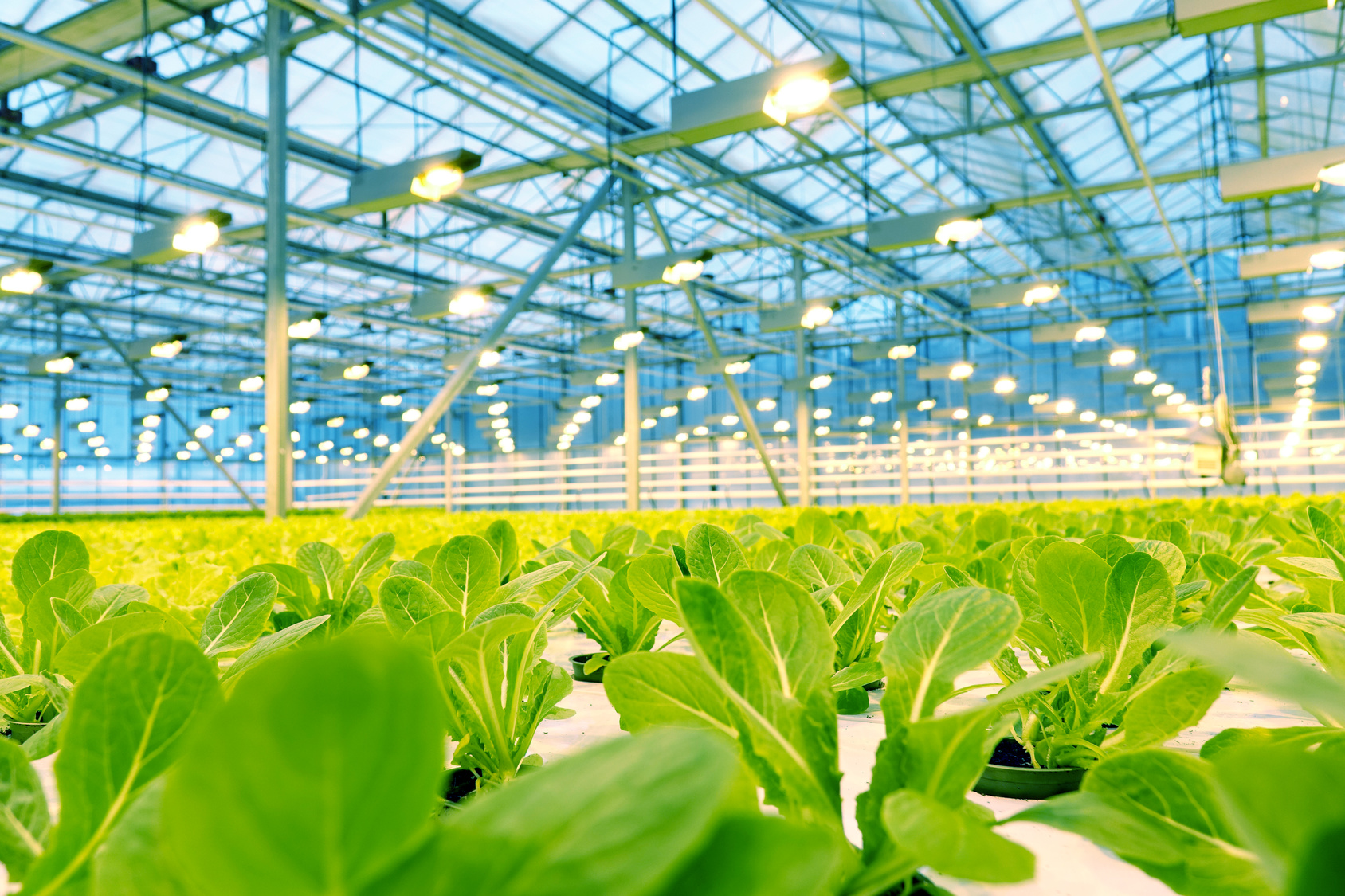Induction Food Systems helps food and beverage manufacturers improve efficiency and expand production with on-demand precision heating equipment. The company has harnessed electromagnetic energy to create the first scalable, precise, and efficient in-line heating solution for a wide range of fluids, including high viscosity and particulate foods, to solve a $13 billion downtime problem in food & beverage manufacturing. This technology helps manufacturing plants unlock wasted production time due to changeover and fouling. It displaces legacy steam heating equipment and combustion emissions with smart, sustainable solutions. We recently sat down with Francesco Aimone, the CEO of Induction Food Systems, to learn more about the company’s electromatic heating solutions and how they are being used in food production.
What does Induction Food Systems do?
Francesco Aimone: We develop advanced heating systems for food and beverage manufacturers to help them unlock production efficiencies they couldn’t access before. Conventional heating sucks, to be honest. There have not been any significant advances in that field for a long time. And the newer stuff that has come out is all really niche. The industry as a whole hasn’t moved forward at once.
We’re hoping to advance the way food and beverage manufacturers can do things like pasteurize, sterilize, and heat food. We’re seeing massive disruption in the market in terms of consumer trends. They want sustainability stories and healthier foods. Even though the market is changing and fast, manufacturers haven’t seen an upgrade to the tools available to them for 50+ years. There’s a gap there.
A good example is changing consumer demands driving differentiated products. That ultimately translates to more changeover in a manufacturing line and considerable losses in efficiency. We’re giving the plants a tool to keep efficiency high even with running a lot of different SKUs..
How did you come up with the idea for this company?
I met a genius named Dr. George Sadler. He had an entire career as an academic in food science, chemistry, and safety. He was working in a research unit at the Illinois Institute of Technology. It’s an FDA-regulated industry with an academic partnership—its purpose is to regulate the next generation of food processes.
George had been working there for 20 years. He was on the team that assessed new food & beverage production processes. He was looking around at all the tech they were validating, and it was really niche. It might improve a specific process, but no one was developing the next generation of heating for the industry. He had an idea, and left his cushy academic job in the early 2000s. He got some NASA and USDA grant money to research the core science behind what we’re commercializing. We teamed up in 2017 and spun out the tech from his consulting shop into our company.
Tell us a bit about industrial heating technology.
The standard source for heating is steam—the same stuff that literally drove the Industrial Revolution.
The industry has refined how we use it, but the standard heating system hasn’t changed for the last 150 years. You’re still using steam to run your process and applying the heat to a fluid from outside. Plants and engineers have gotten used to slow, imprecise heating in their process. But now manufacturers need a better tool to compete in this new landscape.
IFS is the Tesla of fluid heating for food and beverage if that makes sense. It’s high performance, electric, and the next generation of where things are going.
We use magnetic induction to drive our heating. I like to point out when I talked to folks about this that we didn’t invent induction; it’s been around for a really long time, used for things like melting metal. We’re using that same power and precision used in heavy industries and finessing it to apply it to food processing.
How does magnetic induction work?
Every kind of metal has polarity—like a magnet’s north and south pole. With induction, you’re using electromagnetic energy to resonate that magnetic field.
So that piece of metal’s north and south poles switch back and forth thousands of times every second. As that happens, the electrons get pulled one way and then another. The magnetic field starts to resonate, which generates heat. Nothing touches the metal—it heats up because the electromagnetic forces are causative. It’s really cool.
What’s your game plan going forward?
Right now we’re launching our S-series heating system. It’s a booster heater to give manufacturers more hours of production every day literally. With faster and more precise heating, manufacturers can decrease warm-up times in their production cycle. Right now they use big, lumbering pieces of equipment. They work fine when they get to temperature, but it takes 10–15 minutes for that to happen. It doesn’t sound like a lot, but when every minute of production is dollars that you’re making or not making, it really adds up. Our use case with a national juice brand showed $250k in savings per year due to faster warm-up times.
Our next frontier is to build on some pilot testing we’ve done around reducing fouling on heating surfaces. It’s a huge problem for industry and a main cause of downtime in high-protein foods, like liquid egg, protein shakes, and chocolate milk. We did some initial testing this spring and found a 30% reduction in the fouling rate. Which is really encouraging. Our goal this year is to refine it and get over 50%, which is the benchmark our industrial partners are interested in.
We’ve also started looking at other industries—oil & gas, plastic extrusion, and specialty chemicals would all benefit from rapid, precision heating in their process.
For now, food and beverage is our beachhead and we’ve got pilots lined up with enterprise customers in 2020. We’re focusing on these as low-hanging fruit while we develop toward some of the next-generation stuff.
During 2019, iSelect, The VanTrump Report and The Yield Lab Institute are sponsoring a series of weekly webinars featuring the best in agriculture innovation. Agrifood Conversations is all about driving innovation and each month will highlight a specific theme, from biologicals to vertical farms, featuring new and exciting companies at the forefront of the industry. Learn more at AgrifoodConversations.com.






